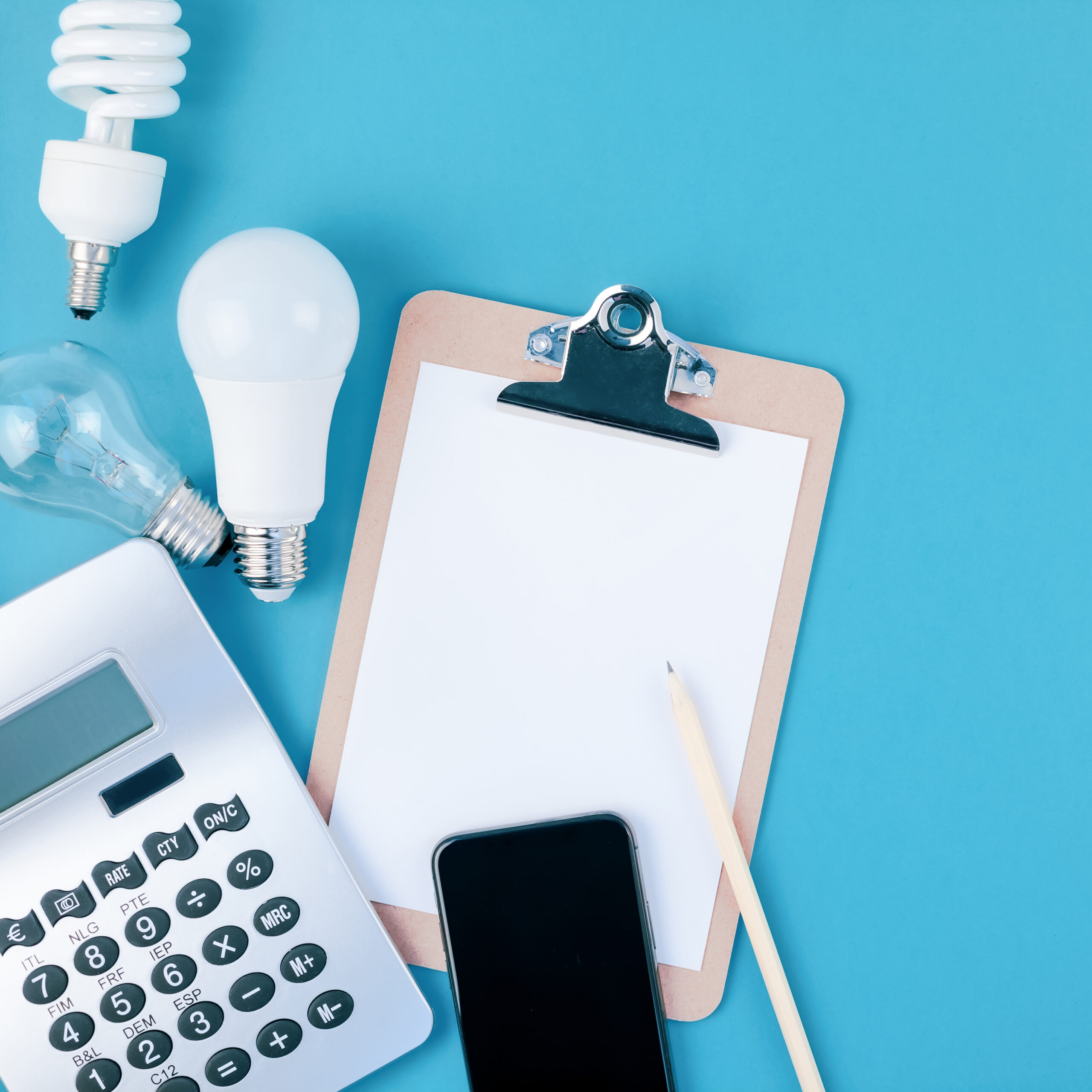[vc_row css=”.vc_custom_1565542682041{margin-right: 0px !important;margin-left: 0px !important;}”][vc_column css=”.vc_custom_1565542696462{padding-right: 0px !important;padding-left: 0px !important;}”][vc_single_image image=”6848″ img_size=”1440×200″ el_class=”banner-event”][/vc_column][/vc_row][vc_row css=”.vc_custom_1565542751414{margin-right: 0px !important;margin-left: 0px !important;}”][vc_column width=”1/4″][/vc_column][vc_column width=”1/2″ css=”.vc_custom_1565622195563{padding-bottom: 50px !important;}”][vc_column_text el_class=”title-event”][post_title][/vc_column_text][vc_column_text el_class=”author-pers”]By Zulfikar Yurnaidi and Justin Sitohang
[/vc_column_text][vc_column_text el_class=”date-venue-news”][post_date][/vc_column_text][vc_column_text el_class=”text-par-news”]
Future projections of electric mobility are promising, but uptake in the region will depend heavily on the strategic decisions and actions of its key stakeholders—industry, government, and consumers.
The COVID-19 crisis has caused a global economic slowdown, wiped value off stock markets and led to job layoffs.
With mobility restrictions urgently imposed to limit the transmission of the coronavirus, events cancelled, consumers’ spending power affected and the public having to adopt new routines and behaviour amid the pandemic, the automotive and transportation industry is facing tough times.
According to the International Energy Agency (IEA), global passenger vehicle sales were down by 15 per cent in the first quarter of 2020.
On the supply side, industrial closure and supply chain disruption affected production lines. Post-pandemic, vehicle manufacturers are looking at a long recovery period.
The continuation of Covid-19 mitigating measures—social distancing, lockdowns, quarantines and temporary closure of non-essential businesses—could shackle energy demand, keeping the oil prices low. This will hinder the energy transition, including the adoption of electric vehicles (EVs).
However, the crisis will also bring about opportunities. The cleaner air that urban dwellers experienced due to mobility restrictions could encourage more people to switch swiftly to clean technologies, including EVs.
EV sales are expected to be more resilient than conventional vehicles in the long run. Bloomberg New Energy Finance (BNEF) has forecasted that post-lockdowns, EVs will make up 58 per cent of new passenger car sales, and constitute 31 per cent of the global car fleet by 2040.
In driving economic recovery, governments, including in Southeast Asia, should design clean mobility pathways. Among other benefits, green mobility will help prevent a spike in air pollution levels—and a return to smog-filled days in cities like Jakarta, Manila and Bangkok—once energy demand picks up.
–
Dr Zulfikar Yurnaidi is a senior officer of sustainable energy, renewable energy, and energy efficiency (REE) at the ASEAN Centre for Energy. Justin Sitohang is an intern at the ASEAN Centre for Energy. The opinions expressed in this article are the author’s own and do not necessarily reflect the opinions of institutions or organisations that the author may or may not be associated with in professional or personal capacity unless explicitly stated.
This Op-Ed originally appeared in Eco Business, 28 July 2020.
[/vc_column_text][/vc_column][vc_column width=”1/4″][/vc_column][/vc_row][vc_row][vc_column][/vc_column][/vc_row]











